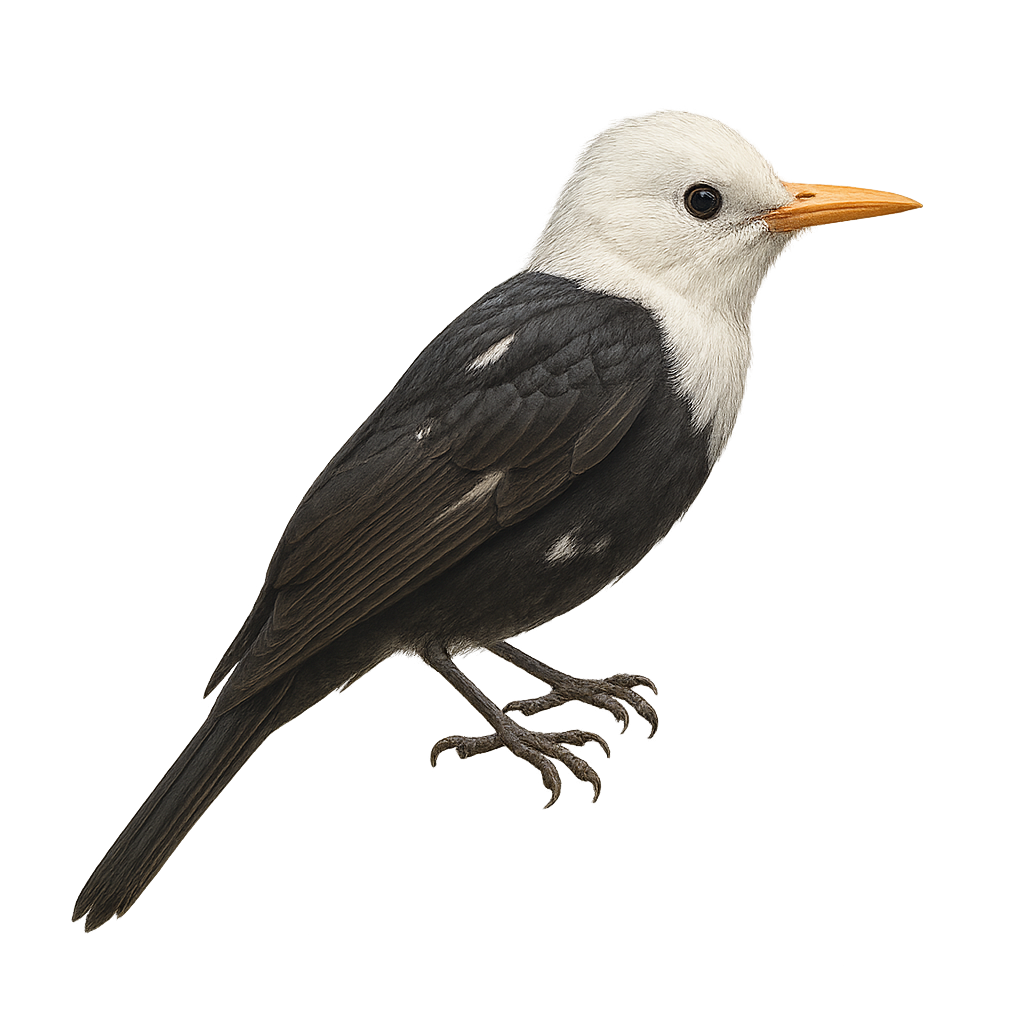Your wildlife photography guide.
Explore the black bulbul in detail, study its behavior, prepare your shots.
Where to observe and photograph the black bulbul in the wild
Learn where and when to spot the black bulbul in the wild, how to identify the species based on distinctive features, and what natural environments it inhabits. The WildlifePhotographer app offers tailored photography tips that reflect the black bulbul’s behavior, helping you capture better wildlife images. Explore the full species profile for key information including description, habitat, active periods, and approach techniques.
Black Bulbul
Scientific name: Hypsipetes leucocephalus

IUCN Status: Least Concern
Family: PYCNONOTIDAE
Group: Birds
Sensitivity to human approach: Suspicious
Minimum approach distance: 10 m
Courtship display: April to May
Incubation: 12-14 jours
Hatchings: April to June
Habitat:
Tropical forests, wooded areas, urban gardens
Activity period :
Primarily active during the day, with peak activity in the morning and late afternoon.
Identification and description:
The Black Bulbul, Hypsipetes leucocephalus, is a medium-sized bird known for its striking white head contrasting with its dark body. It is commonly found in dense forests and wooded areas of Southeast Asia. This bird is renowned for its melodious song and its adaptability to various habitats, including urban gardens. It primarily feeds on fruits, insects, and nectar, playing a crucial role in pollination and seed dispersal. Although usually solitary, it can form small groups when foraging. Its ability to adapt to different environments makes it a resilient species in the face of environmental changes.
Recommended lens:
400 mm – adjust based on distance, desired framing (portrait or habitat), and approach conditions.
Photography tips:
To photograph the Black Bulbul, prioritize early morning hours when the light is soft and the bird's activity is at its peak. Use a telephoto lens of at least 400mm to capture precise details without disturbing the bird. Be patient and discreet, as this bird can be suspicious. A tripod can be helpful to stabilize your camera, especially if using slower shutter speeds. Try to capture the bird singing or feeding to add interest to your photos.
The WildlifePhotographer App is coming soon!
Be the first to explore the best nature spots, track rutting seasons, log your observations, and observe more wildlife.
Already 1 430 wildlife lovers subscribed worldwide

